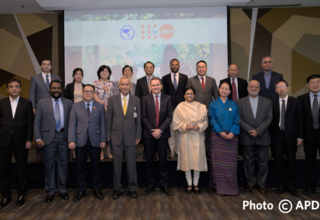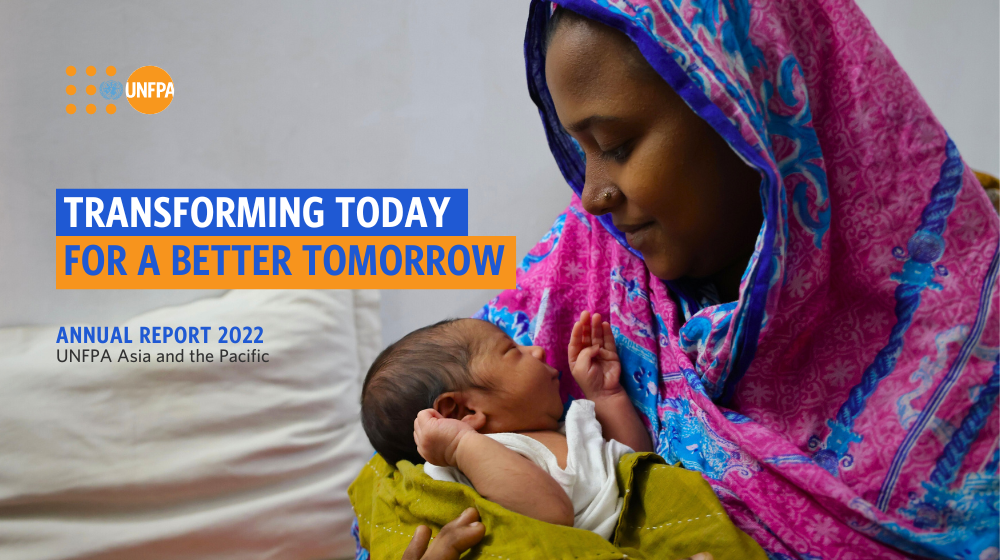TEHRAN – Iran’s 2011 Population and Housing Census, run by UNFPA’s long-standing partner, the Statistical Center of Iran (SCI), officially ended today. In July this year, the country’s population is estimated to have surpassed 75 million.
Costing approximately US$70 million, the census exercise has received US$ 475,000 support from UNFPA, the United Nations Population Fund. During the three-week period, 54,000 enumerators and 14,000 supervisors fanned out across Iran’s 31 provinces to interview adults living in households. A total of 114,000 individuals participated in running this year’s census, with visits to over 21 million households in 100,000 rural areas and 1,200 urban centers.
Over 60 per cent of SCI’s enumerators were female to guarantee gender sensitivity of the census – a measure first introduced in 2006. Video clips, multimedia CDs and advertisements were also produced to raise awareness about the census among the public.
Delegations from other Economic Cooperation Organization (ECO) member-states, including Turkmenistan, Afghanistan, Tajikistan and Pakistan, also participated to learn from Iran’s best practices in enumeration.
New processes help Iran collect more detailed data
The previous census was conducted in 2006, when Iran committed to running it on a five-year basis – more frequent than the internationally recommended 10-year interval. This year’s census is the first since then.
For the first time, census was conducted on an individual basis by using national identification cards, rather than household-based.
In total, 3,300 workshops were conducted to train enumerators. Some modules were even taught using a web-based system – making learning less costly and time-consuming, and at the same time, providing better coverage for census staff.
Other improvements in this year’s census include the use of Personal Digital Assistants (PDAs) in several districts of Tehran. Data collected were instantly sent to SCI’s local processing center and processed immediately. Following this successful pilot study, the SCI has decided to use PDAs exclusively in the next census, due in 2016.
To speed up data processing in provinces where paper-based questionnaires were used, UNFPA has provided SCI with financial support to upgrade its Intelligent Character Recognition (ICR) software for easier recognition of handwritten Persian scripts.
The newly introduced Reproductive Age Mortality Study (RAMOS) meanwhile uses the collected data to track the country’s maternal mortality rate.
The preliminary results of the census will be ready by early next year, with the final report expected to be released by June 2012.
For more information, please contact:
Tamara Kummer, mobile +98-9-397-865-316, kummer@unfpa.org
Minoo Darvishzadeh, tel. +98-21-2285-2583, darvishzadeh@unfpa.org




